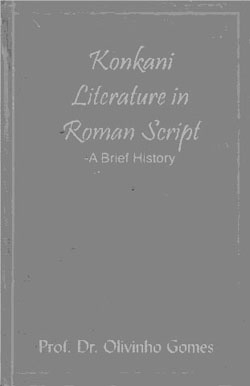Take a dazzling Asian commercial entrepot, add to it a brief spell of Muslim rule, Portuguese conquest, and the early arrival of the Gutenberg printing press here. What emerges is Romi Konkani writing, built by early missionaries to Goa who used diacritical marks to make this ‘exotic’ language easier to pronounce, a language which incidentally also got damaged by subsequent colonial rulers.
Romi Konkani refers to Konkani written in the Roman script. Konkani itself, today one of India’s official languages, is the southernmost Indo-European language in India linked without a break to the northernmost Indo-European tongue of Norwegian.
Scholars like Jose Pereira—who has authored 24 books himself in theology, history of art and architecture, Goan and Konkani culture, language and music—suggest Konkani might have arisen around the end of the 10th century, got standardized in the early 16th century and the grammar of Konkani was first prepared in 1563.
Konkani has had regional and caste variants. Since 1987, when Goa got Statehood, Konkani was accepted as the official language (with priviledges to Marathi)—but in the Devanagari script. Of late, this has led Romi Konkani writers to feel they are being discriminated against. Recently, Romi Konkani writers, many of whom belong to the minority Catholic community, revitalized their ‘Dalgado Konkani Akademi’, and undertook publishing of more books in the Roman script.

